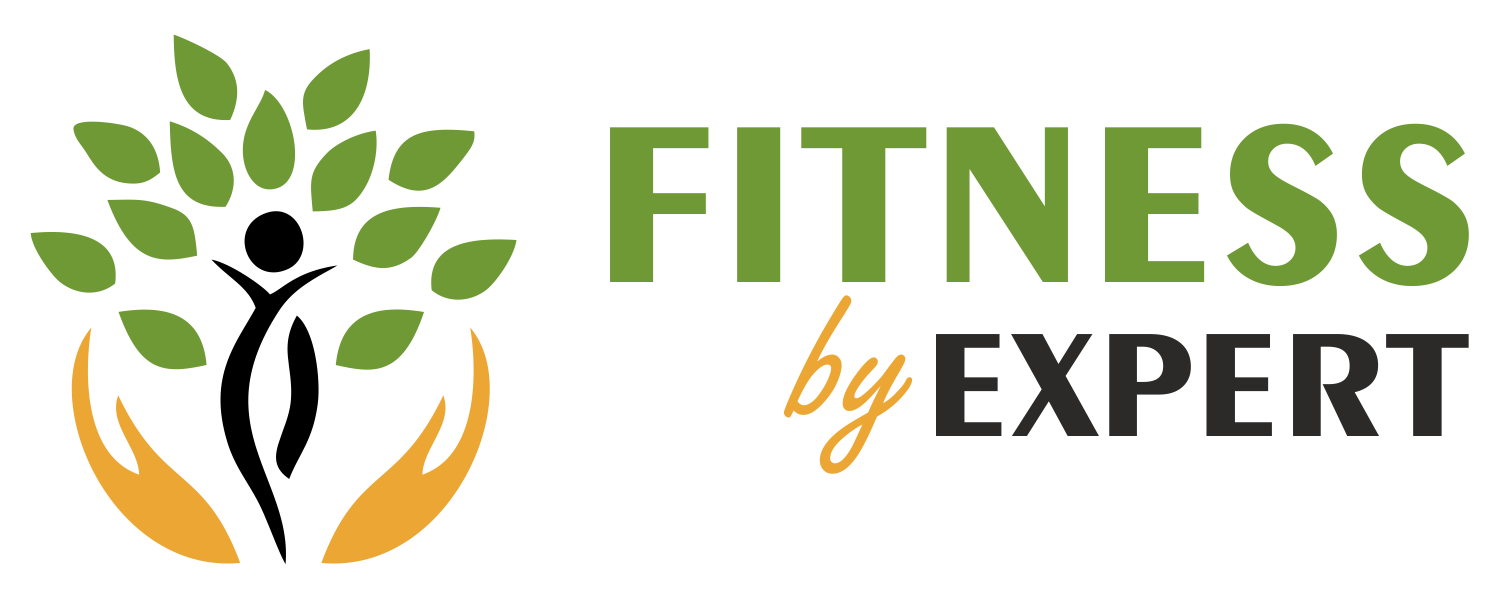The benefits of exercising are something we all know. Cardiovascular exercise helps the heart and burns fat. Exercise that builds muscle and strengthens bones also boosts metabolism, prevents injuries, and strengthens bones. We need these benefits in order to live busy, healthy lives. But does exert effort necessitate putting up with sore muscles?
The good news is that there are methods for lessening the discomfort you feel. Unfortunately, if your goal is to test your muscles, which it should be regardless of your age or gender, then muscular discomfort cannot be avoided.
What causes sore muscles after working out?
Anyone who exercises, regardless of experience level, or who regularly exercises but has recently modified the style, intensity, or duration of their program, can experience muscle pain. The same process is used by all of us to build muscle: by first breaking it down.
The additional stress placed on your body while active causes tiny microtears in your functioning muscles. This type of microlearning is common. Actually, they are crucial for the growth of muscles. But the soreness is also brought on by these microtears. When the body heals and fixes these microscopic injuries, muscle grows back stronger and healthier than before, but at a terrible cost. Delayed onset muscle soreness, often known as DOMS, is the term used to describe the sore muscles you feel after working out as a byproduct of the muscles’ healing process.
It is important to note that delayed onset muscle soreness should not be confused with acute soreness that may happen during or just after activity because it is caused by muscular fatigue rather than muscle building and repair.
How quickly and for how long can delayed onset muscle soreness appear?
Muscle soreness with a delayed onset frequently begins 12 to 24 hours after exercise and can reach its climax one to three days later. Why muscle soreness appears later than expected has not yet been satisfactorily explained. However, Murray does remind us that the intensity of your activity will probably have a big impact on how long you feel sore. Depending on how demanding the exercise was, the time it may take for muscles to heal and regenerate may vary.
How can sore muscles be soothed after working out?
If building muscle and strength is the goal, soreness is inevitable. But what must you do to put a stop to it? Or is managing sore muscles really just a matter of enduring the discomfort? Since delayed onset muscle pain is a completely natural process that indicates your muscles are strengthening, there is no risk in waiting it out. However, it could seem strange at first. Fortunately, there are a number of things you may do to reduce the pain.
Here are seven tips for relaxing tense muscles:
Get moving: Unbelievably, one of the best ways to ease your muscles’ pain is to move them. Yoga, foam rolling, and stretching are all examples of active recovery techniques you might use for this.
Warm up properly: Getting your muscles ready for use before putting them under stress is an essential part of protecting them. Make time for a complete warm-up before each workout.
Be sure to ease into a new workout routine: Going from 0 to 60 won’t do anything for your muscles. Giving them time to acclimate could help minimize the severity of their pain. Just keep in mind that while starting a new regimen, you should gradually raise the intensity of your workouts over the course of a few days or weeks.
Take a bath with salt and relax: A warm Epsom salt bath will help your muscles relax and ease your soreness.
Use a pain reliever: Although it won’t speed up the process of muscle healing, doing this will at least help you tolerate the associated discomfort.
Make time for resting: If you don’t give your muscles adequate time to rest (and repair), they will get overworked, which will cause more severe soreness. Make sure to provide downtime where you focus on active recovery. In general, keep in mind that real rest (often referred to as sleep) and hydration are essential for recovery.
Use a split-day schedule: If you like to exercise every day, you might want to split your workouts up into different muscle groups. One day it can be about the legs, the next about the arms. By doing this, you may make sure that each muscle group has enough recovery time before receiving new exercise.
How much suffering is excessive?
Sometimes a sore can feel really painful. like, really unpleasant to exercise.” Moving is a fantastic way to help cure painful muscles, as was previously mentioned, so you don’t need to stop working out just because you’re sore. Light exercise will actually help you improve blood flow and minimize your discomfort. Around day three, muscle pain usually reaches its peak and starts to pass. You probably overdid it and overworked your muscles if your stiffness lasts longer than three days. But prolonged muscle pain could also be a sign of an injury.
If it persists for longer than three days, is accompanied by severe discomfort, limits your range of motion, or affects your stride, it might be more than just muscle soreness. If this is the case, a sports medicine physician should be consulted. If your suffering is more consistent with a serious injury than it is with exercise-induced soreness, exercise should only be done with caution. If that’s the case, you should also discuss your pain with a doctor.
